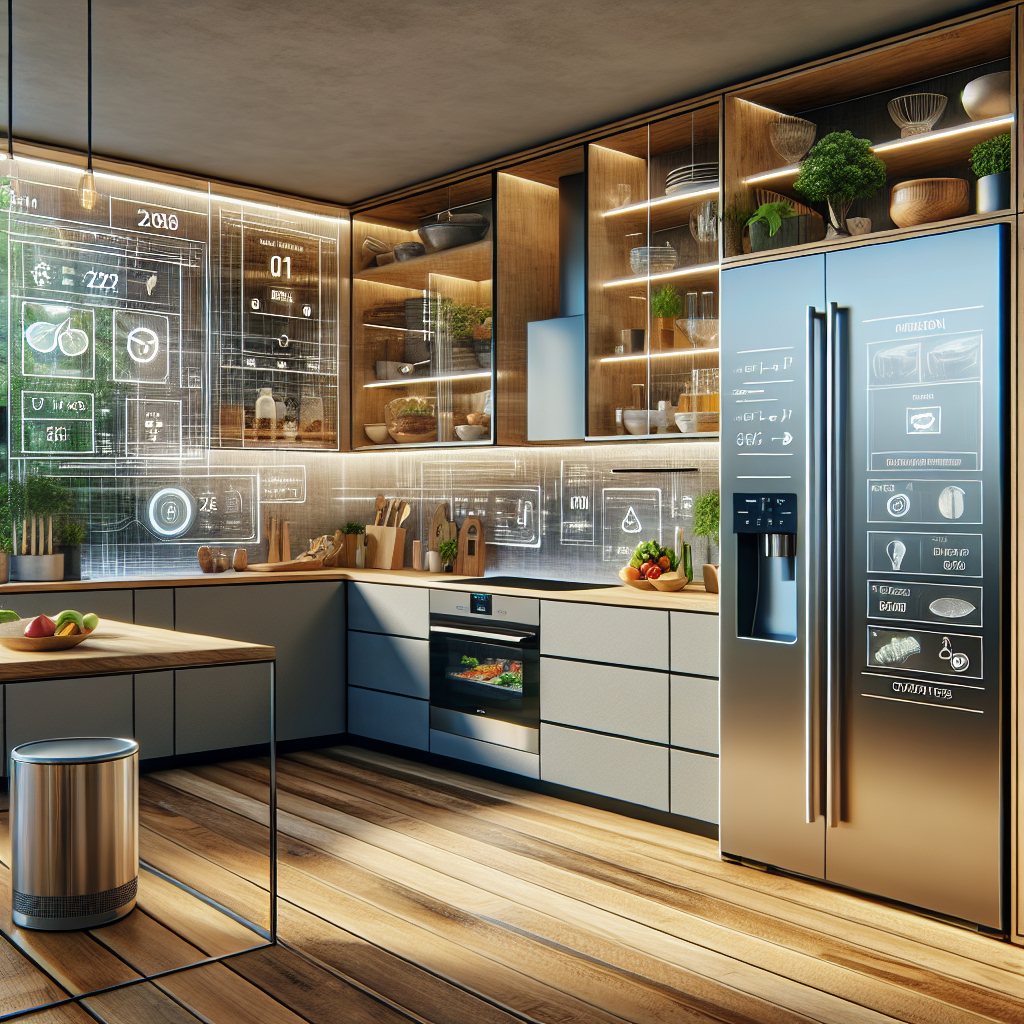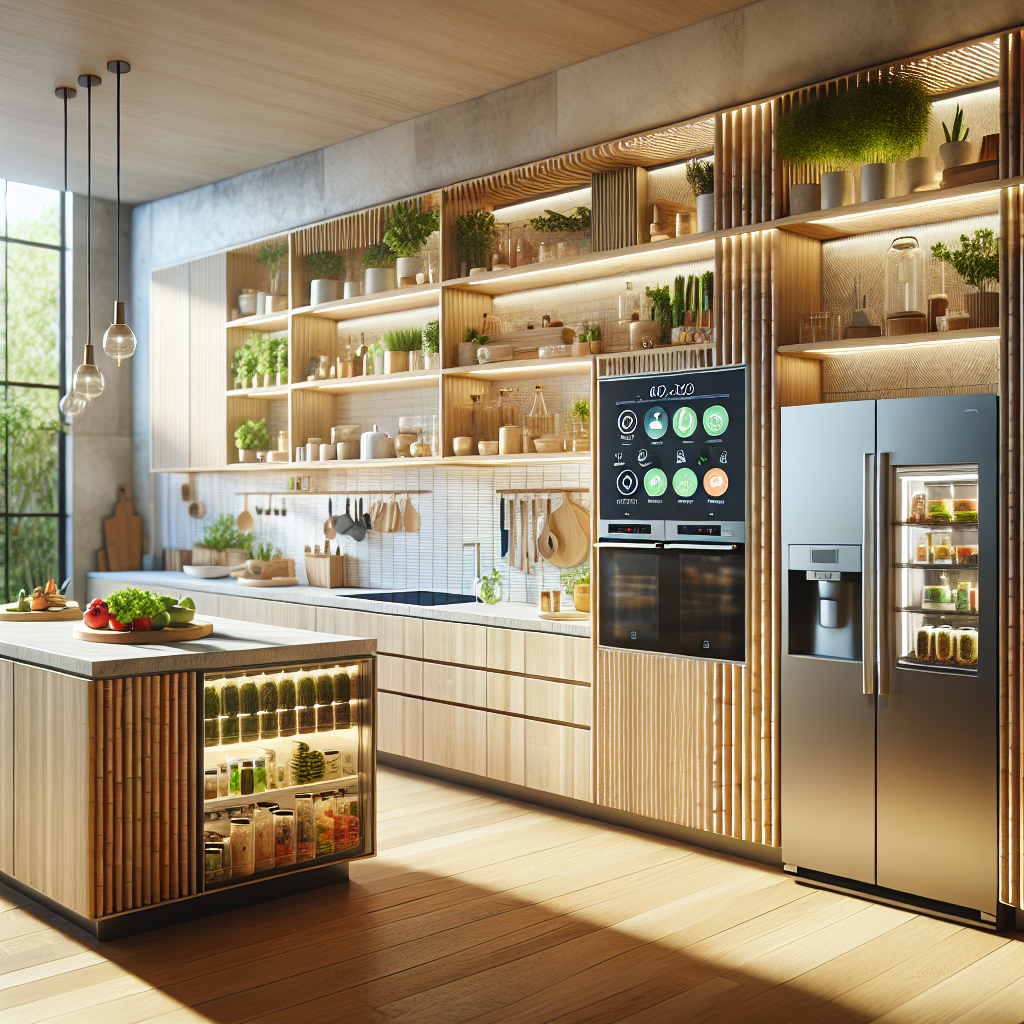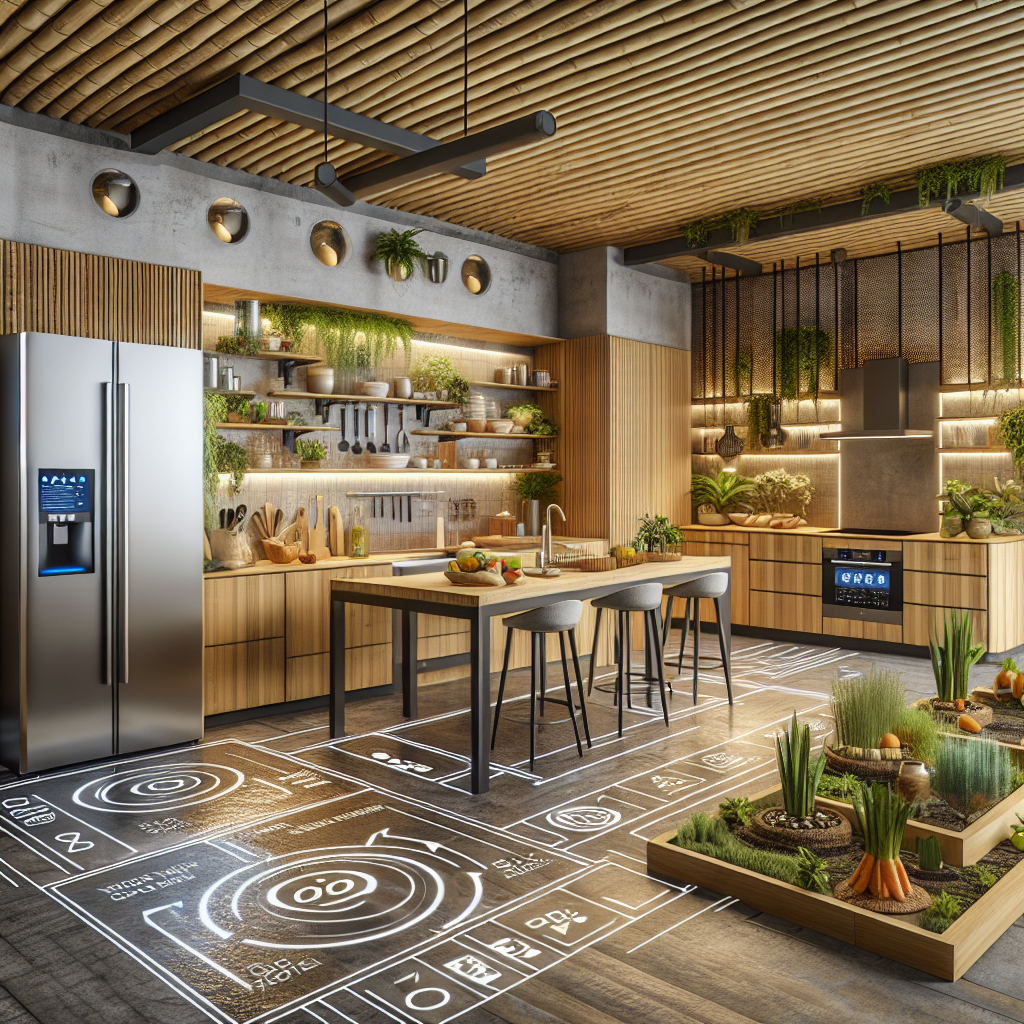Sustainable Kitchen Design: Innovations for Zero-Waste Cooking

Sustainable Kitchen Design: Pioneering Zero-Waste Cooking Spaces
In the quest for a greener planet, the heart of our homes – the kitchen – has become a focal point for innovation and sustainability. With a burgeoning interest in zero-waste cooking, designers and homeowners alike are embracing the challenge to create kitchen spaces that are not only aesthetically pleasing but also environmentally responsible. As we delve into the world of sustainable kitchen design, we uncover a treasure trove of innovations that are setting the stage for a future where cooking and conservation go hand in hand.
Materials Matter: Crafting Eco-Friendly Kitchens
The choice of materials is paramount in the creation of a sustainable kitchen. Designers are turning to renewable resources and recycled materials to craft spaces that speak to both functionality and eco-consciousness. Bamboo, with its rapid growth rate and durability, has emerged as a favorite for cabinetry and flooring. Countertops fashioned from recycled glass or composite materials are not only visually striking but also a testament to the possibilities of upcycling. The sustainable design movement has indeed found a rich palette to work from, ensuring that style and sustainability are no longer mutually exclusive.
Energy-Efficient Appliances: The Core of the Eco-Kitchen
The modern kitchen is replete with appliances, each contributing to the household’s energy consumption. In response, the market has seen a surge in energy-efficient appliances designed to minimize waste and reduce energy use. From refrigerators that cool with precision to ovens that optimize cooking times, these appliances are the unsung heroes of the sustainable kitchen. Innovations like induction cooktops, which use electromagnetic energy to directly heat pots and pans, are revolutionizing the cooking experience while conserving energy.
Composting Innovations: Turning Waste into Resource
The zero-waste movement has brought composting into the mainstream, transforming kitchen scraps into valuable compost for gardens. Designers are integrating composting systems into kitchens, making it easier for homeowners to contribute to the nutrient cycle. Sleek, odor-free composting units that fit seamlessly into the kitchen environment are making the process more appealing and accessible than ever before. This commitment to reducing food waste is a critical step towards a more sustainable food system.
Water Conservation: A Drop Saved is a Drop Earned
Water is a precious resource, and sustainable kitchens are designed to use it wisely. Innovations in plumbing, such as low-flow faucets and dishwashers that maximize cleaning power while minimizing water usage, are becoming standard. Moreover, greywater systems that repurpose water from sinks for use in gardens are gaining traction, illustrating a holistic approach to water conservation in kitchen design.
Smart Kitchens: Harnessing Technology for Sustainability
The advent of smart technology has opened new avenues for sustainability in the kitchen. Smart fridges that track expiration dates to reduce food waste, and apps that monitor energy consumption for each appliance, empower homeowners to make informed decisions about their environmental impact. The Internet of Things (IoT) is not just a buzzword; it’s a powerful tool in crafting kitchens that are conscious of their carbon footprint.
Local Sourcing: The Short Trip from Farm to Table
The principles of sustainable kitchen design extend beyond the confines of the home. Emphasizing locally sourced materials and produce reduces transportation emissions and supports local economies. Designers are incorporating features like built-in herb gardens and spaces for storing seasonal produce, encouraging a closer connection between the kitchen and the local environment. This ethos of locality and seasonality is reshaping how we think about sourcing our food and materials.
Community and Education: Spreading the Word on Sustainability
The sustainable kitchen is not just a personal endeavor; it’s a communal one. Designers and architects are becoming educators, sharing their knowledge on sustainable practices and inspiring others to follow suit. Workshops on zero-waste cooking and sustainable living are becoming commonplace, fostering a community of like-minded individuals who are eager to make a difference. The sustainable living movement is gaining momentum, and the kitchen is at its forefront.
Final Thoughts: The Recipe for a Sustainable Future
The journey towards a sustainable kitchen is an ongoing process, one that requires creativity, commitment, and a willingness to embrace new ideas. From the materials we choose to the appliances we use, every aspect of kitchen design can contribute to a healthier planet. As we continue to innovate and educate, the vision of zero-waste cooking becomes not just an aspiration but a reality. The sustainable kitchen is more than a trend; it’s a lifestyle choice that reflects our dedication to the environment and our passion for good food. With each step forward, we craft not only beautiful spaces but also a brighter future for generations to come.







